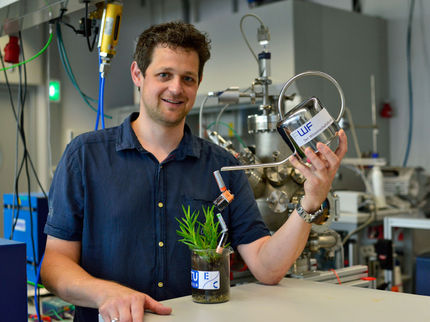Global ammonia capacity will increase from 204.2 million tons per year (mmty) in 2013 to 249.4 mmty by 2018
Global ammonia capacity will increase from 204.2 million tons per year (mmty) in 2013 to 249.4 mmty by 2018, driven primarily by capacity additions in China, Iran, Nigeria and the US, according to research and consulting firm GlobalData.
The company’s latest report, Global Ammonia Outlook – Production Capacity Set to Continue Strong Growth Led by United States and Iran, states that Asia-Pacific (APAC) will remain the largest region in terms of both ammonia capacity and demand, accounting for almost half the world’s capacity with 120.7 mmty by 2018.
China’s significant influence on APAC’s ammonia supply is apparent from the country’s capacity of 70.6 mmty in 2013, accounting for almost two thirds of the region’s total capacity, according to GlobalData.
The major end-use sectors of ammonia, such as urea and other nitrogenous fertilizers, have promising growth in the region. With huge feedstock reserves and strong demand, China has a favorable landscape as opposed to countries that have either demand or capacity, but not both.
While coal is less cost effective than natural gas, its availability makes it the preferred choice for Chinese manufacturers.
GlobalData’s report also states that the Middle East and Africa will continue its impressive growth of the past decade, which saw Egypt, Iran, Qatar and Saudi Arabia increasing their ammonia capacities using natural gas.
The Middle East and Africa’s ammonia capacity will rise from 27.8 mmty in 2013 to 44.1 mmty by 2018, led by Iran and Nigeria, with planned additions of 5.8 and 4.6 mmty, respectively. Most of the region’s capacity will target export markets in Asia, such as China and India.
Additionally, GlobalData observes that North America’s ammonia industry will receive a small boost, having suffered in the past due to high natural gas prices and declining demand from the major end-use sectors.
However, shale gas is now impacting the industry, with North American capacity expansion to be completely driven by the US, from 20.1 mmty in 2013 to 26.8 mmty by 2020.
Most read news
Other news from the department business & finance

Get the chemical industry in your inbox
By submitting this form you agree that LUMITOS AG will send you the newsletter(s) selected above by email. Your data will not be passed on to third parties. Your data will be stored and processed in accordance with our data protection regulations. LUMITOS may contact you by email for the purpose of advertising or market and opinion surveys. You can revoke your consent at any time without giving reasons to LUMITOS AG, Ernst-Augustin-Str. 2, 12489 Berlin, Germany or by e-mail at revoke@lumitos.com with effect for the future. In addition, each email contains a link to unsubscribe from the corresponding newsletter.


























































